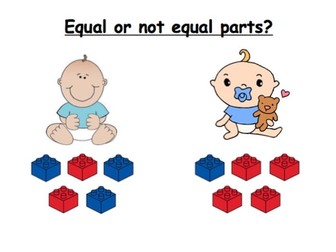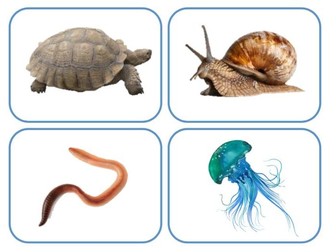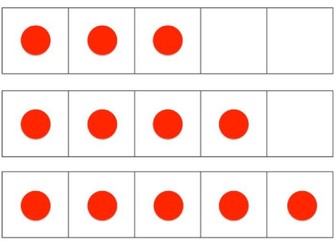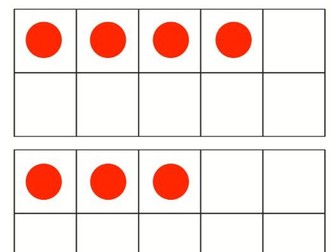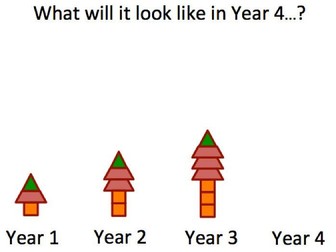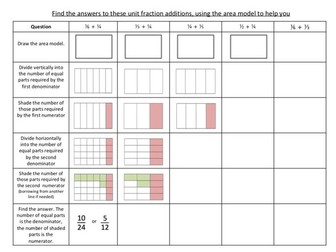Equal sharing - equal or not equal parts? EYFS discussion prompt
<p>A series of visuals intended to support whole-class discussion around equal sharing, and in particular, to draw out the idea that having parts of equal value (quantity, size, capacity, depending on the model) is the essential feature of equal sharing.</p>
<p>The visuals include a number of variations to support fluency and to prompt discussion around misconceptions, including:</p>
<ul>
<li>sharing between different amounts of people;</li>
<li>using different sharing models including group sets, area models, capacity measures and linear continuums;</li>
<li>varying the type, colour or arrangement of objects being shared.</li>
</ul>
<p>Discussion prompts can be found in the notes for each slide.</p>
